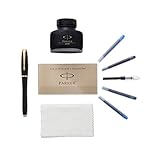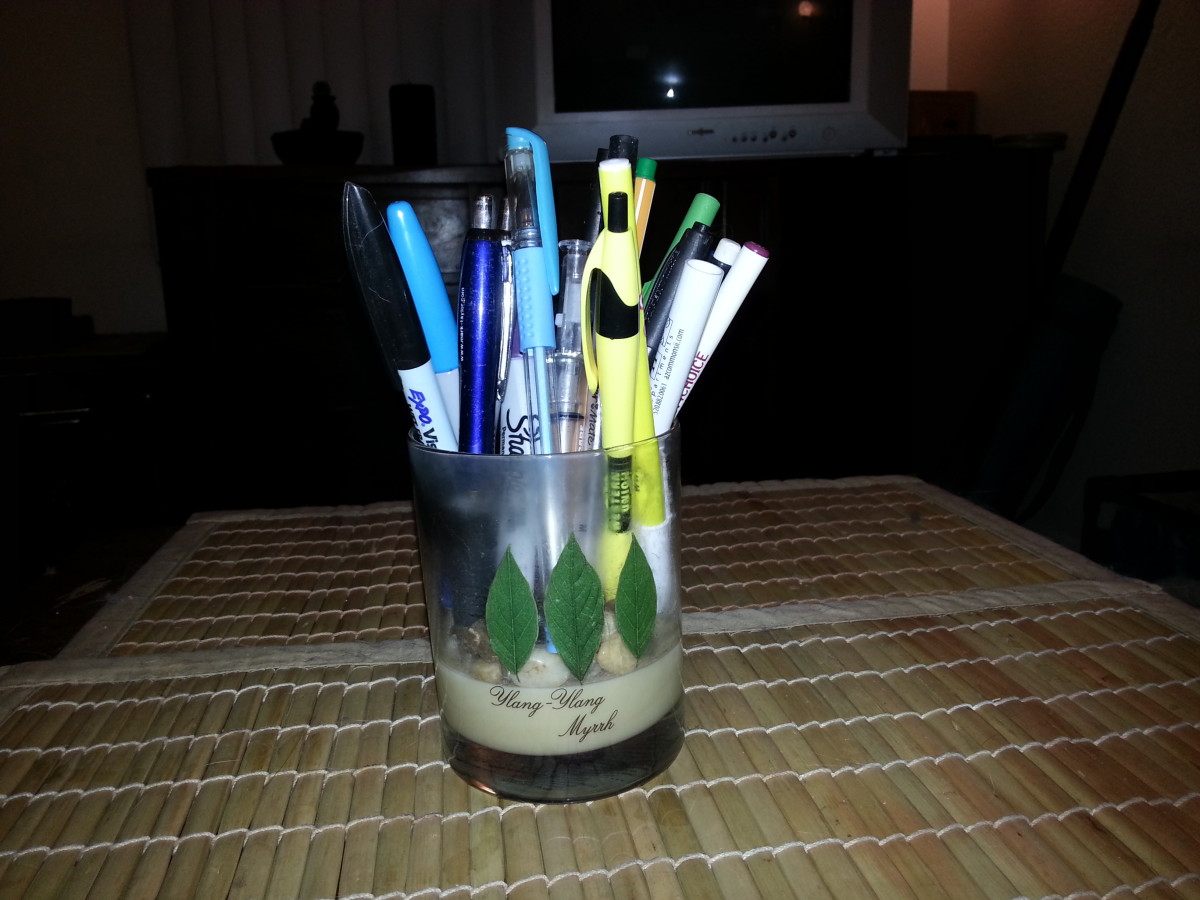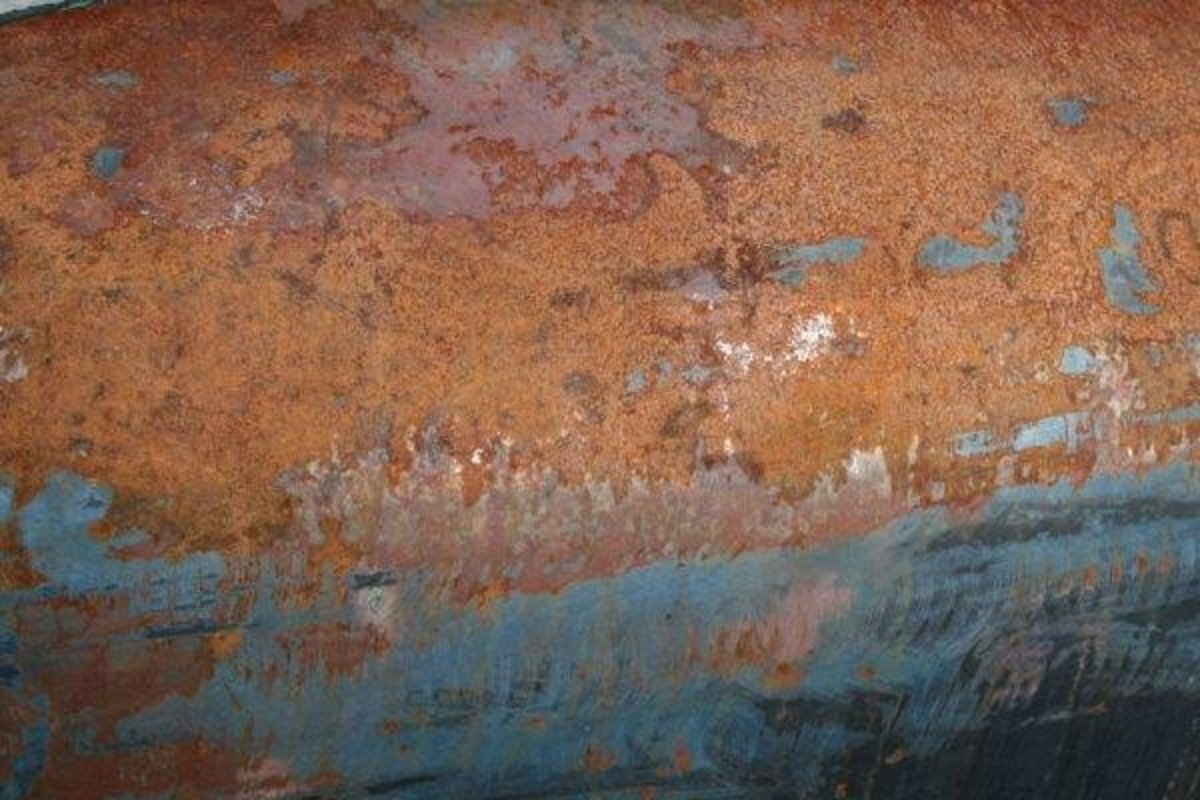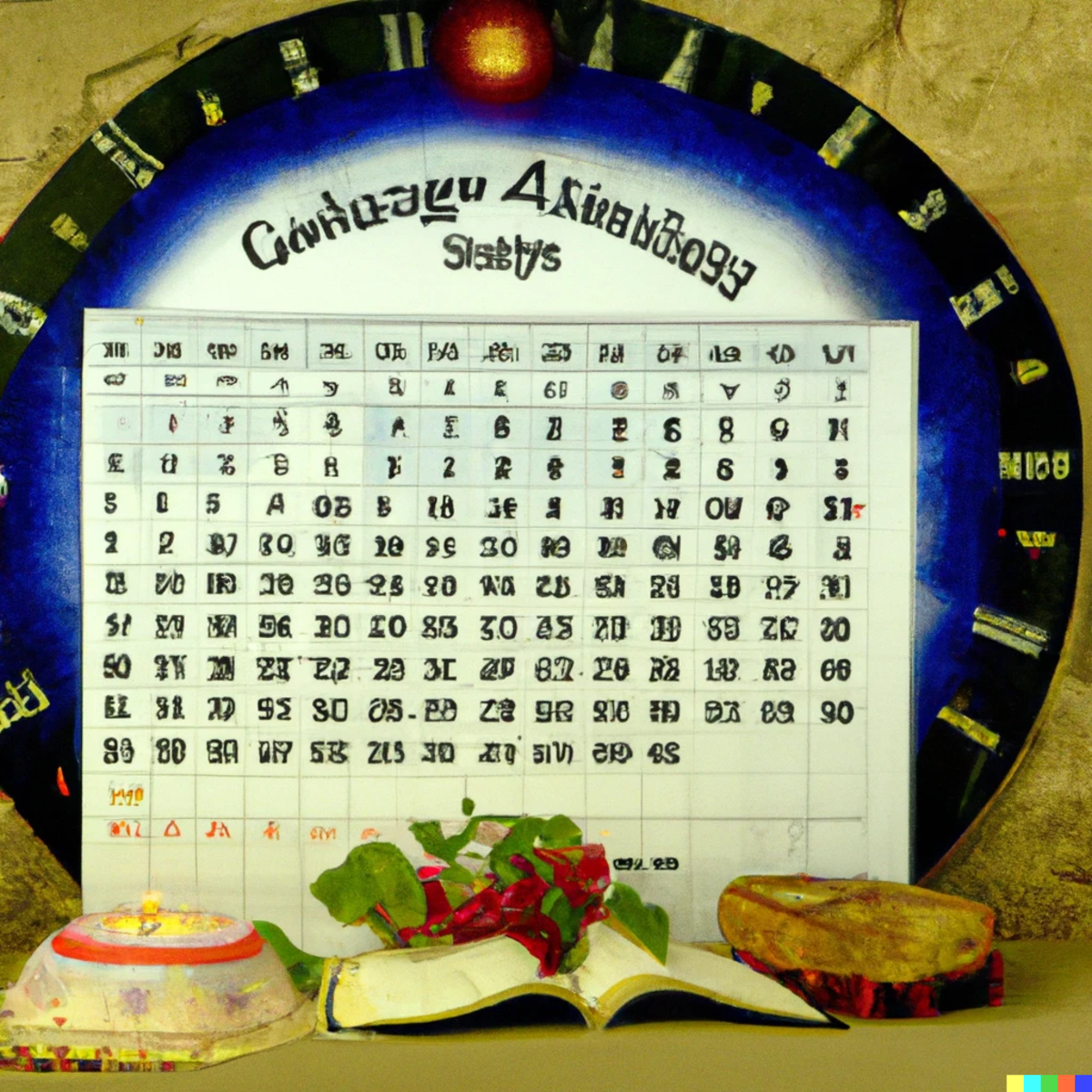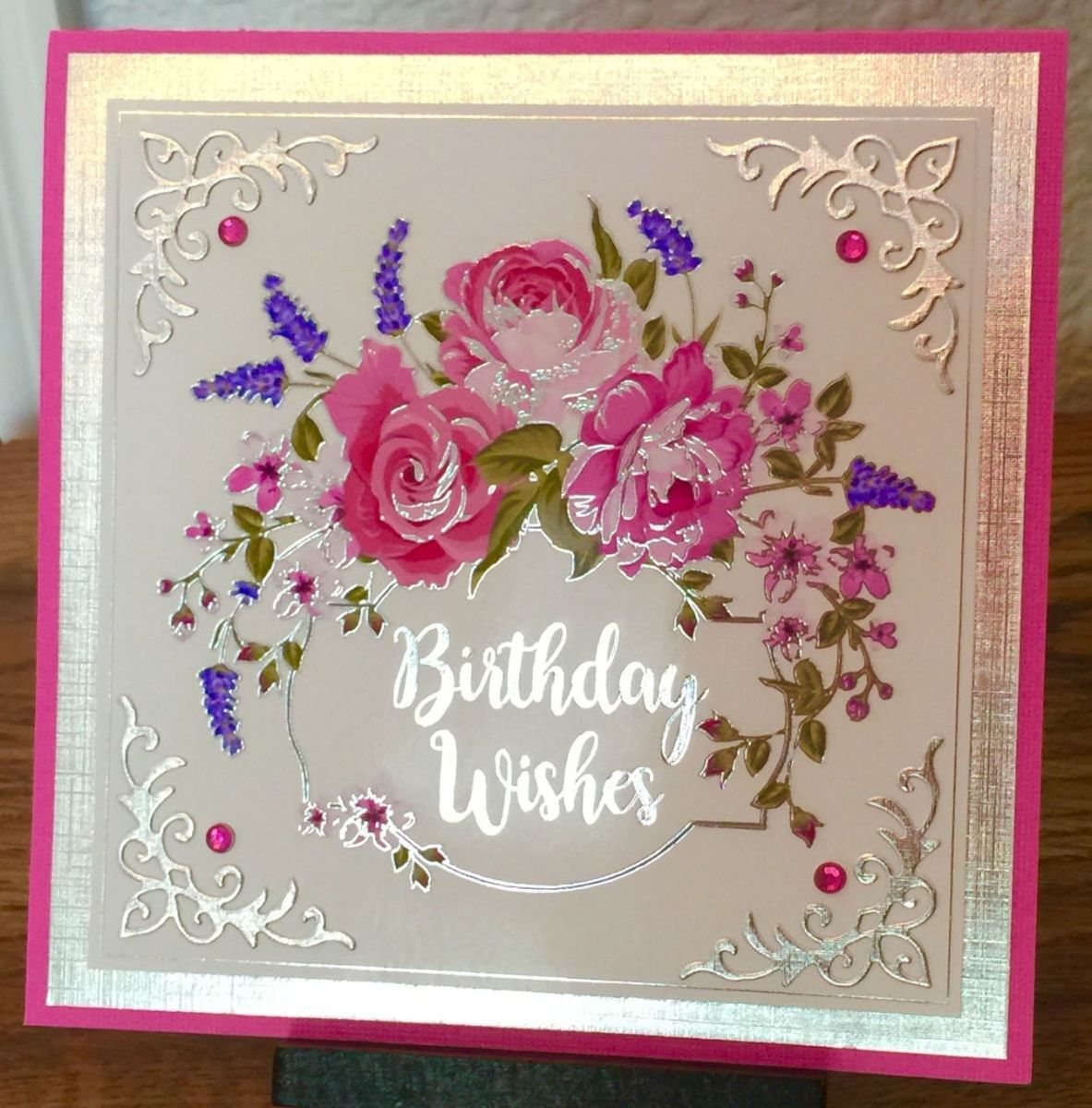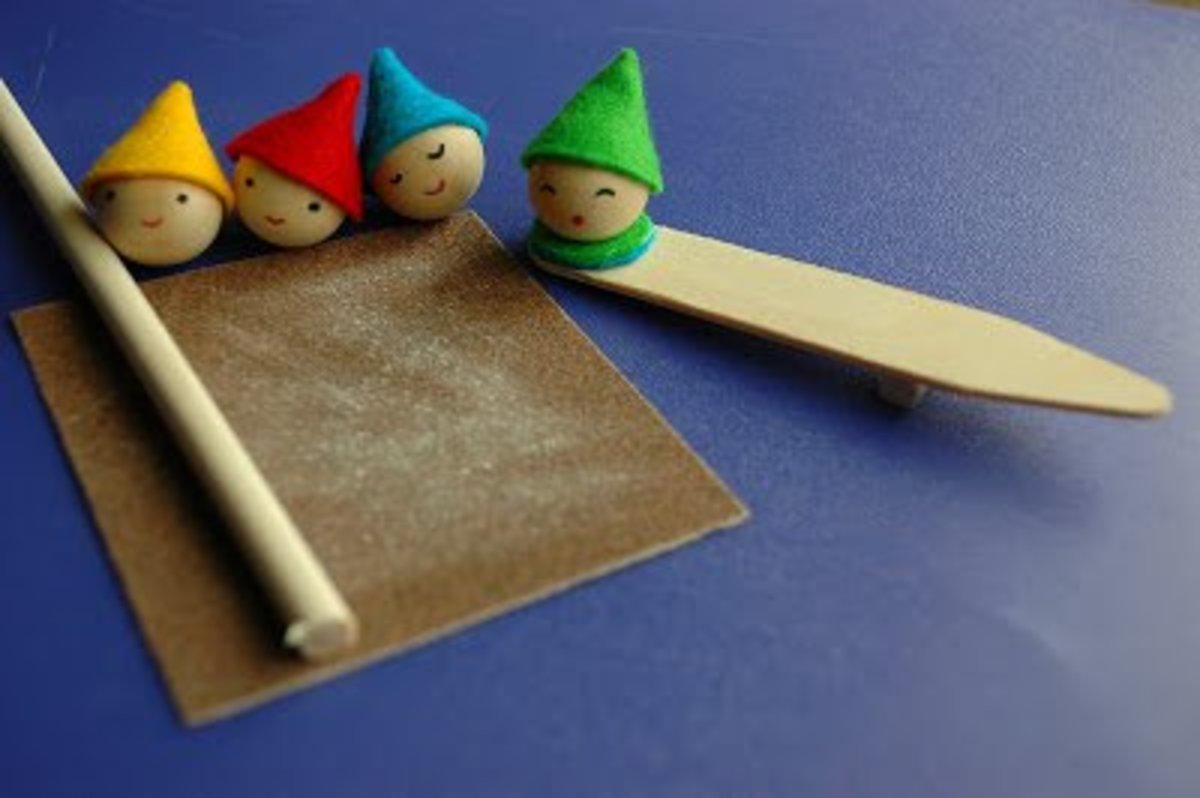In Praise of the Pen
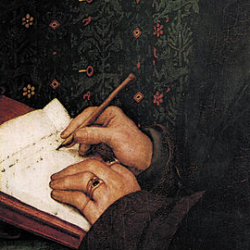
Stylus to Steel Nib: The Fascinating History of Pens
The history of the pen is the history, in many ways, of human ingenuity and the drive to record more easily our thoughts and information, and to preserve them in tangible form.The pen as one of the major tools of writing, preserves history in its name, which is from the Latin penna, the quill feather which was the main pen of the Middle Ages.But long before the invention of pens, as we might recognize those writing instruments, scribes relied on the stylus. Little more than a stick or bone, the stylus was used to press marks into tablets of clay.Then came reed pens to dip into ink, with the use of papyrus to write on. The advent of vellum as a writing surface called for a sturdier implement, however. And so there came in being the quill pen with its split nib, the direct ancestor of today's modern fountain pen and its plebian cousins.Come have a look at a bit of that history!Image: Hans Holbein the Younger [Public domain], detail
The Stylus
Ancient Forerunner of the Pen
Before pens as we know them comes the stylus, the instrument of the earliest written documents which are extant - Mesopotamian clay tablets of the fourth millennium B.C. This broad-headed stylus consisted of a straight stick or piece of reed, bone, hard wood or metal. Assyrian and Babylonian carvings depict scribes holding the stylus in their closed fist and pressing upon the tablet, while the clay was still damp and soft; the scribe impressed the strokes, line by line, with the edge or front of his stylus.The stylus was also used by the ancient Greeks and the Romans. It was then an instrument of iron, bronze, silver or other hard material, such as ivory, and was used for writing on wood boards or thin wooden tablets coated with wax or polished gesso. The letters were scratched with the sharp point; the other end of the stylus was rounded into a knob, or was flattened and was used to smooth mistakes out of the wax.
Isn't it interesting that the old word "stylus" has a new life in our own century, as the name for today's electronic writing implements? Stylus is the perfect word for a pen-shaped tool that doesn't leave a mark of its own, but depends on the writing surface to take an impression from its movements and pressure points.
Writing Brushes
Brush Pens, Ink Cakes, and the Original Pencils
In Egypt, from the early third millennium onwards, papyrus was the chief writing material, demanding a different tool, the brush-pen, which was mainly used for cursive writing, and gave to the signs a bolder more running form, thus transforming the monumental hieroglyphic system into a cursive hieratic style. The ink was in the form of small cakes, which were employed as we employ watercolors: the writer dipped the brush in water and rubbed it on the cake.In China the invention of the pi, the writing-brush or pencil, made of hair, is traditionally attributed to Meng T'ien, a reputed builder of the Great Wall, who died about 210 B.C., but it is likely to have preceded him. Over twenty years ago, F. Bergmann, of Sven Hedin's Central Asian Expedition, discovered a complete and well-preserved Chinese writing-brush, nine inches long, dating in all probability from the beginning of the Christian era. Fine hair brushes are still used by the Chinese for their writing: they first liquefy their ink, then dip their brushes into it.
In Europe, fine hair brushes were used mainly for the large capital letters; they were so employed even after the invention of printing, but were discontinued in the sixteenth century. A still finer brush was used by illuminators in applying gold to illumination ; it was called in Latinpenicillus: hence the word 'pencil', which literally means 'little tail'. This type of brush, which artists still use in painting, is made of hog's bristles or finer camel hair, fitch or sable; though 'pencil' is now transferred to the cedar tubes enclosing graphite mixed with clay, or some other solid writing materials, which were first devised in England in the sixteenth century. In the seventeenth century one finds them referred to as 'pensils of black lead' or 'dry pencils.'
Reed Pens
Split Reeds and Papyrus
From about the third century B.C. the instrument mainly used for writing on papyrus was the reed-pen. Actually this was a length of common reed; at first the writing end was frayed or pulped; later, like the quill pen, it was cut to a point and split; it was sharpened with a knife. Suitable calami came chiefly from Egypt, or Cnidus on the south-west coast of Asia Minor. Flinders Petrie discovered in Egypt a number of reed-pens belonging to the Roman period. Some specimens cut like a modern pen are preserved in the British Museum.In the sixth and seventh centuries A.D. the monks of the Christian monastery of Thebes in Upper Egypt were using split reed-pens which averaged an inch in diameter; an unused new pen was just over ten inches long, but pens were resharpened so often that finally they became mere two-inch stumps; one pen, discovered in the Monastery at Thebes, had been lengthened by attaching a piece of wood at the end.In the late Greco-Roman times reed-pens were used in all the Mediterranean countries and in Western Asia. They continued to be used to some extent throughout the Middle Ages. In Italy they appear to have survived into the fifteenth century. In some countries, such as Egypt, India and Persia, their use lingered on down to our own times. In eastern and south-eastern Asia bamboo canes, cut to about the length and thickness of our pen, are still used for writing.
Quills / Feather Pens - Wing Feather Pens for Vellum and Calligraphy
The quill, made from the wing-feathers of geese, swans, peacocks, crows or eventually turkeys, was in use from the Middle Ages to the nineteenth century. No one knows exactly when and where the quill was introduced, however. It was first mentioned by an anonymous historian of the sixth century A.D., who tells us that the illiterate Theodoric the Great (A.D. 455-526) was provided with a stencil plate through which he drew with a penna the strokes which formed the first four letters of his name. St Isidore of Seville (c. 560-636) mentions both the calamus and the quill as being used in his time. Some historians think it likely that the quill came about when (in the fourth century A.D.) vellum came into general use as a writing surface, as the flexible pressure of the quill is better suited than the inflexible reed-pen to the hard but smooth surface of vellum.

Did you know that, traditionally, the quill pens for left-handed writers were made from a different wing of the goose than pens for those who write with the right hand? This is because of the natural curve of the flight feathers on each side of the bird's body.
How to Make a Quill Pen - Video - English Heritage
Metal Pens
Metal pens go back to the bronze or silver 'pen-reeds' made by the Romans. A few have been found in Italy, one in England - it is now in the British Museum - and one near Cologne, in Germany; and a metal pen, about two inches long, shaped and slit like a quill, was found not long ago in the so-called tomb of Aristotle, at Eretria (the modern Aletria), the ancient seaport of the Greek island of Euboea. However, metal pens were not greatly used either in ancient Rome or in medieval Europe, since they lacked flexibility. On the other hand, a quill had a short life; each user had to re-cut or sharpen the point with a penknife (a term we still use for the folding pocket knife, though quills have gone out).Attempts were therefore made to find substitutes, or else to give durability to the quill point, or nib. Thus the quill point was gilded (by Watt, in 1818), horn or tortoiseshell tips were attached (J. I. Hawkins and S.Morden, 1823); but such expedients were unsuccessful. In the meantime, around 1780, a split-ring manufacturer, S. Harrison, of Birmingham, produced a metallic pen for Priestley, the chemist. In 1803 Wise introduced in London the complete steel nib, or rather the split cylinder steel pen. In 1805 Breithaupt (of Cassel, in Germany) marketed silver and steel pens, but they were too heavy, too hard and too stiff.The nib was patented by Bryan Donkin in 1808. Soon afterwards, in 1809, the English engineer, Joseph Bramah (1748-1814), patented a machine for cutting goose feathers into three or four nibs to be used with a pen-holder, and also with a fountain pen. Nib, which had been a word for the point or end of anything (e.g. a bird's nib, or bill), including quill pens, now became the name for the new separate device, as the pen divided into nib and holder.
Stainless Steel Pens
In 1810 the first patent was granted in America to P.Williamson (of Baltimore) for the manufacture of metallic pens. In 1822 J.Mitchell invented the machine-made pen. In 1830 J. Perry (of Birmingham), assisted by Mason, patented his system for producing pens which were so flexible that they could compete with quill pens. This was the birth of the modern pen, and Birmingham became the first centre of the steel pen industry, of which it is still one of the main centres. The advertising rhyme of the nineteenth century for the new steel nibs: "The Pickwick, the Owl and the Waverley pen / They come as a boon and a blessing to men," was little short of the truth.Mass production of steel pens was started in America in 1860 at Camden, New Jersey. Steel pens, however, did not displace the quill scratching its way across the paper until late in the nineteenth century, and soon afterwards the gold-nibbed fountain pen conquered the market.
Calligraphy Pens
Most of the fancy pen work I've done has been in the line of drawing rather than writing, but from time to time I've done a bit of calligraphy for customers - writing names on certificates and wedding invitations, creating labels for a museum exhibit, that kind of thing. The Schaeffer set shown here is almost exactly the same as the calligraphy pen set I've always used. You might like it, too, if you're interested in trying your hand at elegant pensmanship.
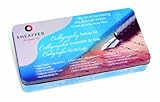
Modern Fountain Pens
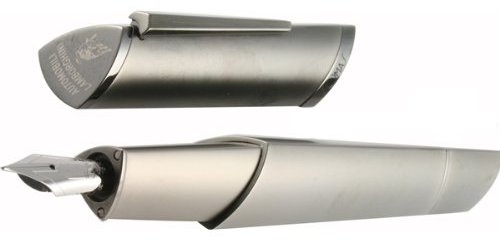
Omas Automobili Lamborghini
Limited Edition Fountain Pen
Limited Editon of 1000 Aerodynamic Aluminum Pens, Signed and Numbered
It's interesting to look at the new, modern designs of fountain pens. The invention of the cartridge was a huge breakthrough, of course, but I'm not convinced that even the high-end brand-name fountain pens of today are a great deal more functional than the original and very beautiful steel nibs.Scheaffer is the brand I am used to, but I've always like the slim lines of some of the Parker pen designs (and the signature arrow on the side, too), as well as the quality of the Cross and Waterman brands. Here are some rather good modern pens to consider, if you're thinking of one for yourself or for a gift.


